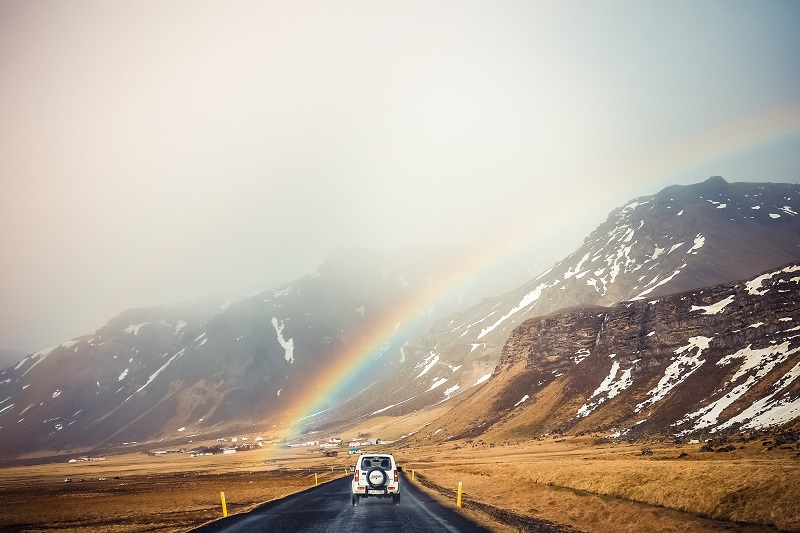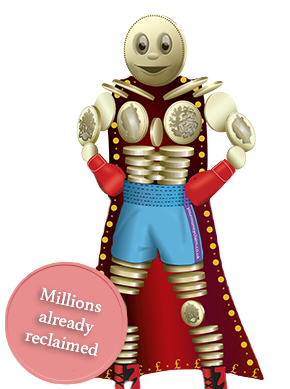How to drive efficiently and environmentally responsibly
It’s always nice to help save the world at the same time as saving yourself some money. A win-win all round. Below you can find some tips to make your driving more efficient and environmentally-friendly, and therefore better for your bank balance.
Preparation
Before you even set off on your journey, there’s a few things you can do to save some fuel.
Weight and Drag
The heavier your car the more fuel you’ll use up. That’s no surprise, but we can have habit of letting things pile up on the backseat and the boot. Ensure you’re giving your vehicle a regular clear out and, if you’ve got a really long journey, take out everything you don’t need.
The change won’t be huge, but over many, many miles, it can make a big difference. In a similar vein, you’ll want to take off anything that’ll cause more drag when you’re on the move. Not used that bike rack in a few months? Get it off. Less drag, less weight, more savings.
Efficient Planning
First up, don’t get lost! That’s obviously going to use fuel as you search for the right direction. Admittedly that’s a bit of a given, but go over your route a few times to make sure there’s nothing unexpected.
If you’ve got enough time, follow it on Google Maps so you know exactly what to expect. You could also use ViaMichelin. This route planner is great in general, but it also has the option to select the most efficient route. This means you can find the cheapest way to reach your destination.
Driving

Stick to the speed limits
Not only is this a safe option, but it’ll save you fuel as well. The faster you go the more fuel you’ll burn, so any temptation to break the limit is not only inviting a crash but it’ll cost you as well.
Avoid cold starts
If possible, let your car roll when you can. If you’re coming up to some traffic lights slow down as early as possible to lower the chances of having to come to a full stop when they’re red.
Turn off the extra features
Your air con is far more efficient at higher speeds, so if you’re driving in an area with lower speed limits, it might be better to just open your windows. When you’re on the motorway, feel free to let rip.
It’s also worth checking everything that’s turned on is necessary. Do you really need the backseat heaters on? What about the headlights when you’re waiting to pick someone up? Have you got time to use a scraper rather than the defroster?
Not Driving at All
Well, this isn’t an option in all cases, but it’s always worth asking: do I really need to drive?
If you could walk or cycle, that’s going to be the best way to save some fuel. Plus you’ll get some exercise in, which is something many of us miss out on. If not, there’s always the bus or train as well.
You could also look into car sharing too. If you don’t know anyone making the same trip, there’s a bunch of services and apps that connect you with strangers heading your way. There’s a few to choose from, but some of the more popular are Liftshare, GoGarShare, and BlaBlaCar.
Photo credit: Calvin Chou






